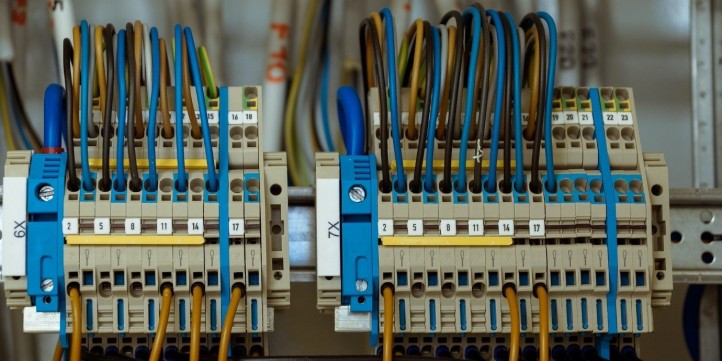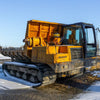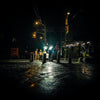Five Shocking Facts about Arc Flash You Need To Know

When arc flash occurs, it’s always a scary experience. On-site safety is all about minimising risk and identifying hazards, but arc flash can occur at the most unexpected times, making it hard to legislate for the associated injuries and hazards.
And there’s a lot many people don’t know about the real outcrops and impact of arc flash, from the heat produced to the extreme sounds levels produced during an arc flash incident.
Arc Flash Temperatures are Hotter than the Sun
Anyone who has experienced an arc flash first-hand knows that extreme temperatures are a big part of the risk during an incident, but not many people know just how hot an arc flash can get.
Some arc flash incidents can cause associated temperatures over 19,000ºC and, for some reference, this is about four times the surface temperature of the sun. This is why quality arc flash PPE must meet robust safety and regulatory standards because the temperatures present during arc flash exceed the heat levels found in almost all other on-site work.
The Sound of an Arc Flash Can Damage Hearing
When arc flash happens, the uncontrolled release of electricity can produce sounds levels that can severely damage the hearing, so it’s important to consider this risk factor for workers undertaking electrical work.
The sound from an arc flash can reach 140db, which is more than loud enough to cause permanent hearing loss. For example, a thunderclap produces 130db, and 140db is about the level of a jet engine during take-off, which shows just how violent and disorienting an arc flash incident can be for a worker.
Arc Flash Produces Molten Metal
Whenever you have incredibly high voltages and metal in the same place, it’s safe to assume some molten metal. However, what makes arc flash even more dangerous than the above factors is the fact that an incident can result in molten metal being propelled up to ten feet from the source of the arc flash.
And this means added risk of burn injuries and damage to other, nearby systems if they’re present.
Blast Pressure is Also a Risk
When an arc flash occurs, and the higher range temperatures we mentioned above are present, this can often result in the vaporisation of materials present at the release of electrical energy.
The outcome is waves of blast pressure that carry enough force to throw workers from their feet.
Arc Flash has Different Causes
There’s no one reason that arc flash occurs and, as such, there’s no way ever fully to mitigate against it happening.
Arc flash can happen because of faulty equipment, a loss of concentration or even something as simple as a rat or mouse that causes energised components to come into contact. The best approach to arc flash safety is to have the right safety practices and the right arc flash-specific PPE in place to offset the potentially disastrous consequences.





